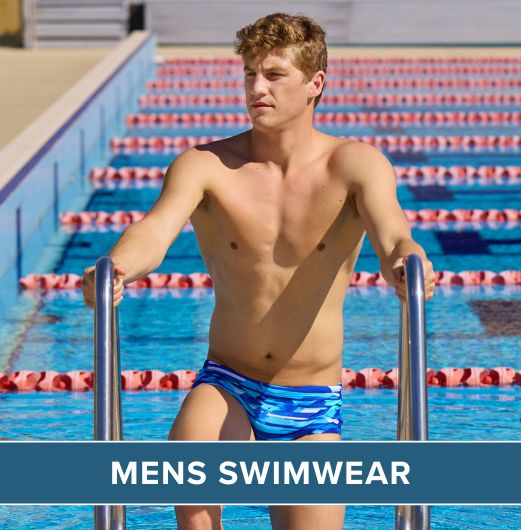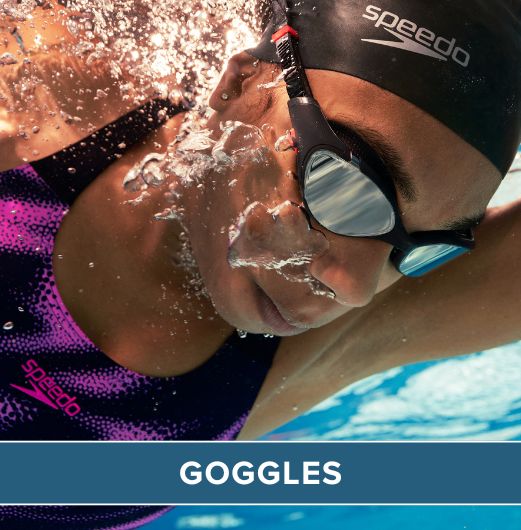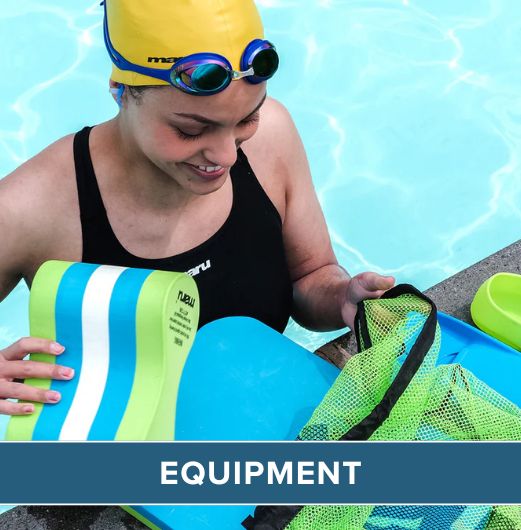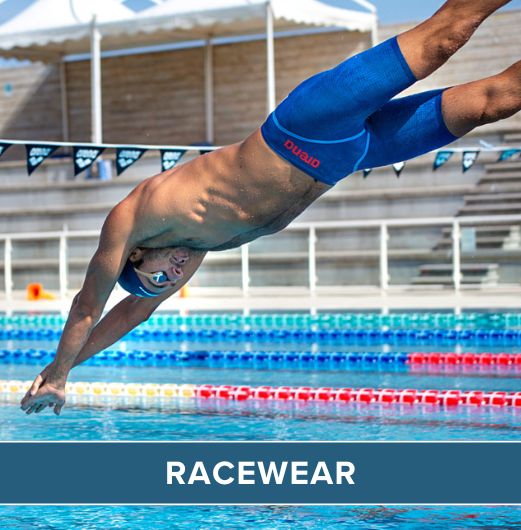A Historical Flutter:
The butterfly stroke, surprisingly, is a newcomer compared to its aquatic peers. Its origins can be traced back to the early 20th century, emerging from a variant of breaststroke known as the "butterfly breaststroke." This early version involved a simultaneous arm stroke with a breaststroke-like leg kick. It was in the 1930s that swimmer Henry Mullins refined the technique, separating the arm strokes and introducing the powerful underwater dolphin kick. This innovation truly gave the stroke its butterfly-like appearance, leading to its official recognition in the 1950s.

Muscles on a Mission:
The butterfly is no easy feat. It's a full-body workout that demands strength, coordination, and exceptional core stability. Here's a breakdown of the key muscle groups engaged:
- Back and Shoulders: The powerful undulatory arm movement relies heavily on your lats, deltoids, and trapezius muscles in your back and shoulders. These muscles generate the propulsion to propel you through the water.
- Chest and Core: Your core muscles, particularly your abs and obliques, act as the engine room for the butterfly. They work tirelessly to maintain a strong body position and initiate the undulation movement. Your chest muscles (pectorals) also play a role in stabilising your upper body during the stroke.
- Legs and Hips: Don't underestimate the importance of your legs! The powerful dolphin kick relies on your hamstrings, glutes, and calves to propel you forward with a synchronised whip-like motion.
Perfecting Your Butterfly:
Mastering the butterfly requires dedication and proper technique. Here are some key pointers to help you take flight:
- Body Position: Maintain a streamlined body position with your head down, core engaged, and hips high in the water.
- Undulation: Think of your arms moving in a wave-like motion, sweeping back and pulling water towards you with a strong catch at the front of the stroke.
- Dolphin Kick: This synchronised kick involves a powerful downward and inward snap of your legs, resembling a dolphin's tail. Practice the kick on its own first to get the feel for the movement.
- Breathing: Breathe out forcefully underwater during the powerful down-sweep of your arms, then take a quick breath as your head lifts slightly during the recovery phase.
Swimwear that Soars:
Choosing the right swimwear can significantly impact your butterfly technique and comfort. Here's what to look for:
- Fit: A snug but comfortable fit is essential. Loose fabric can create drag, while a suit that's too tight can restrict your movement.
- Material: Opt for chlorine-resistant materials like polyester or recycle plastic bottles. These materials will last longer and provide a smooth glide through the water.
- Leg Cut: A higher-cut leg provides more coverage and support for your core and hips, crucial for the powerful dolphin kick.
- Back Design: A closed back design offers extra support and stability for your upper body during the undulation.

https://www.simplyswim.com/collections/speedo/womens-swimwear

https://www.simplyswim.com/collections/arena/womens-swimwear

https://www.simplyswim.com/collections/nike/womens-swimwear

https://www.simplyswim.com/collections/speedo/mens-swimwear

https://www.simplyswim.com/collections/arena/mens-swimwear

https://www.simplyswim.com/collections/mens-swimwear/zoggs
Taking the Plunge:
The butterfly stroke takes time and practice to master, but the journey is incredibly rewarding. With dedication, the right technique, and a supportive swimsuit, you'll be gliding through the water like a graceful butterfly in no time. Remember, start slow, focus on proper form, and don't be afraid to seek guidance from a swimming coach. Happy swimming!
 Free Tracked UK Delivery
Free Tracked UK Delivery Hassle Free Returns
Hassle Free Returns Next Working Day OPTION
Next Working Day OPTION Found It Cheaper?
Found It Cheaper?














